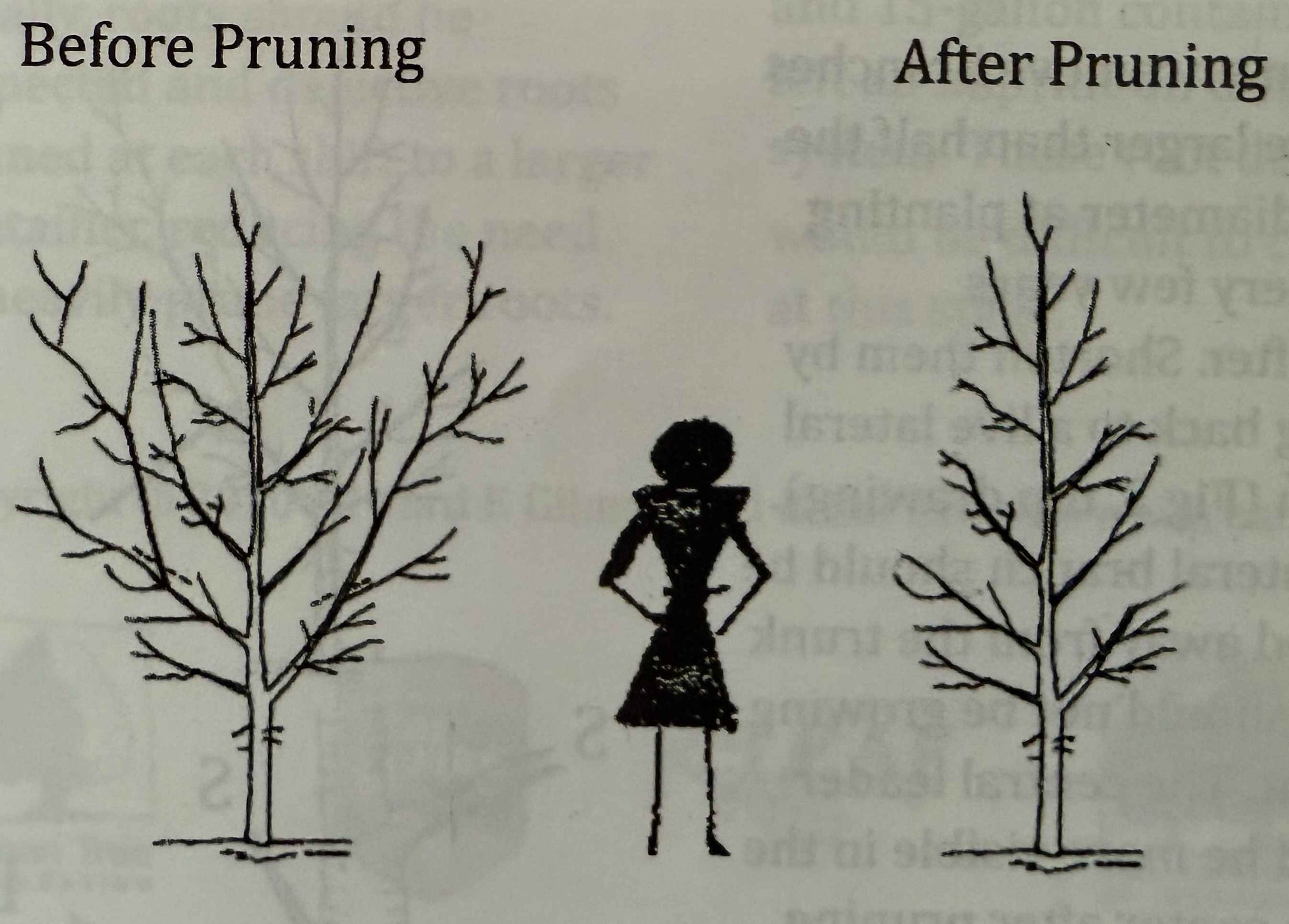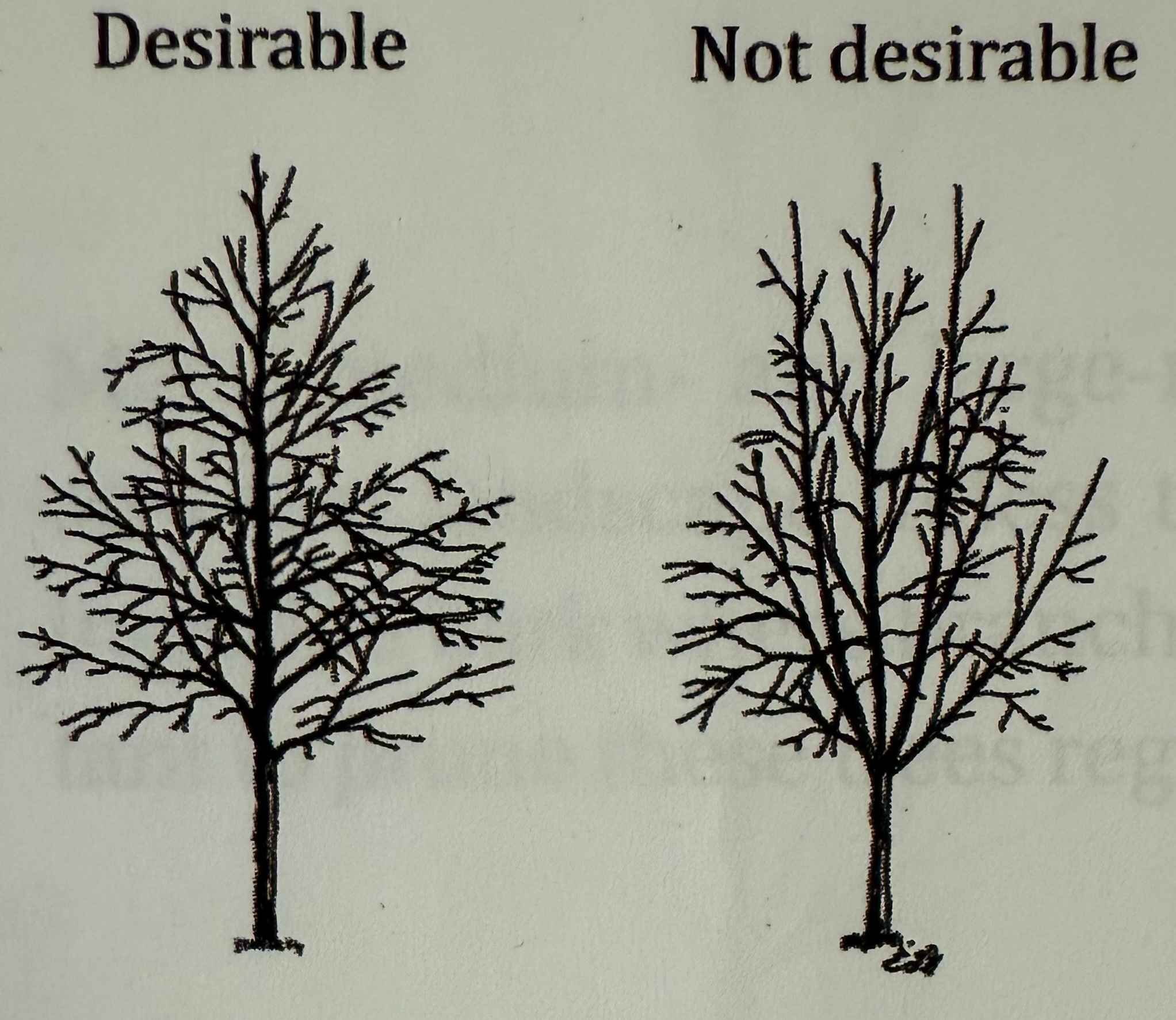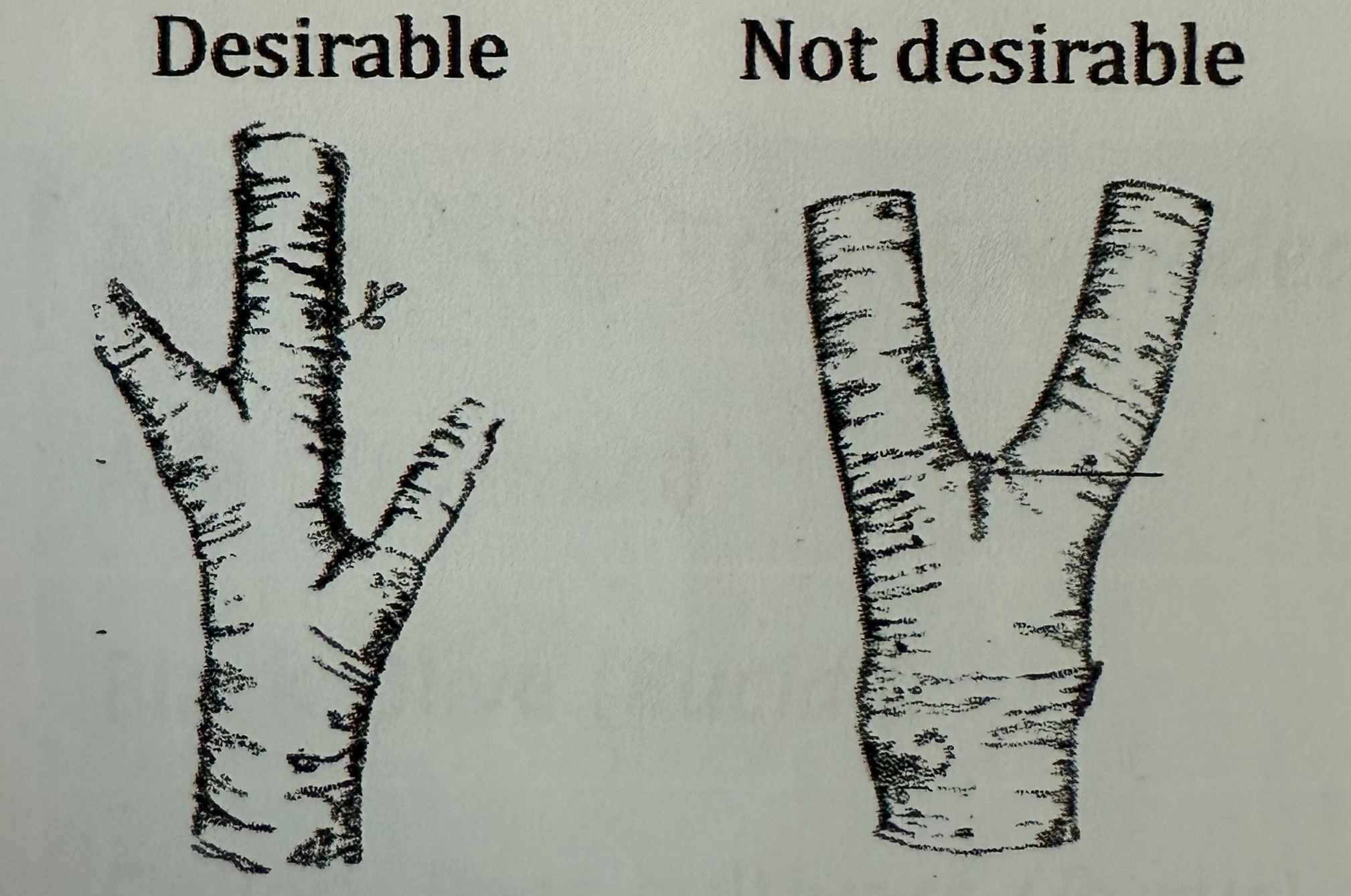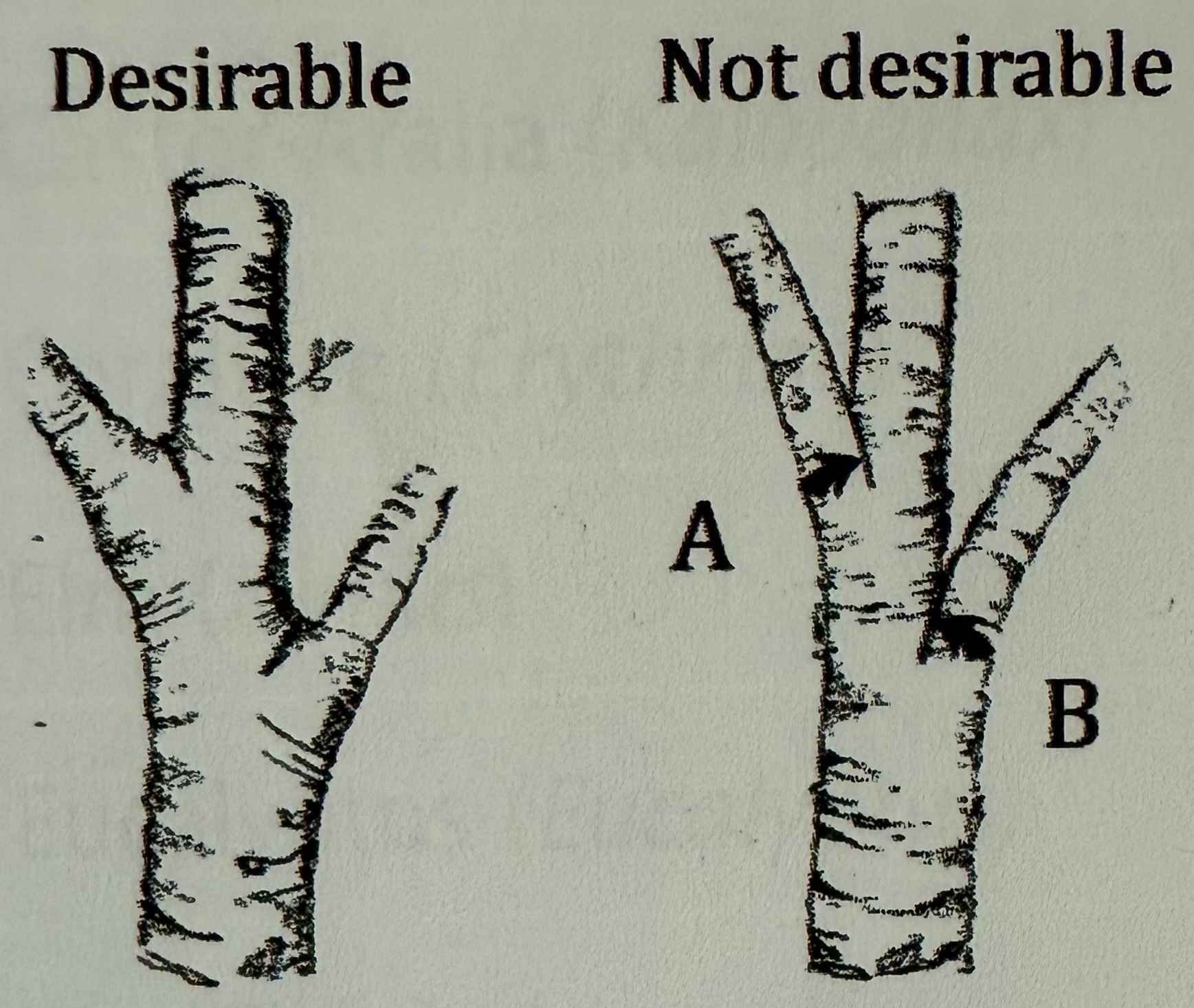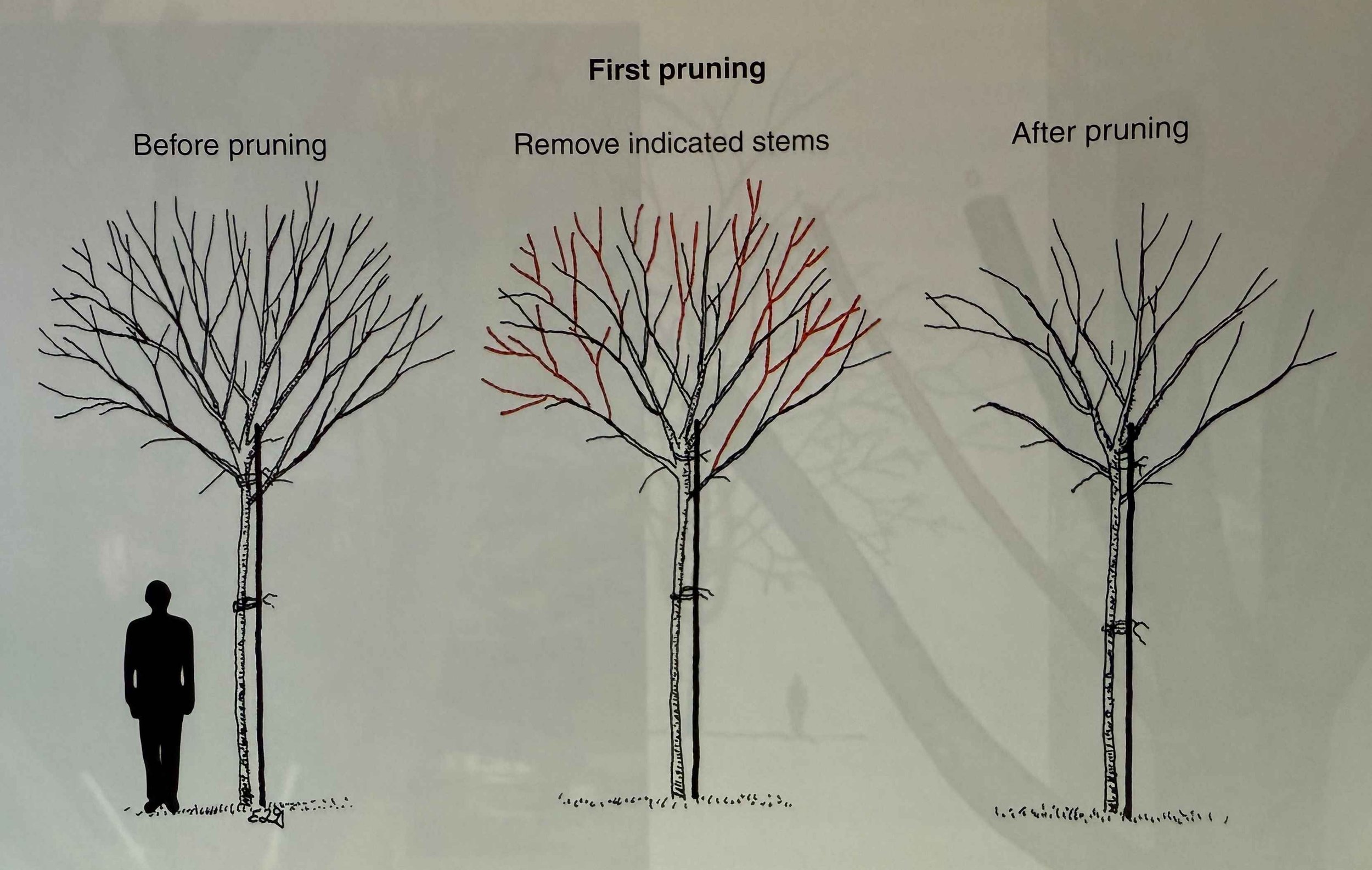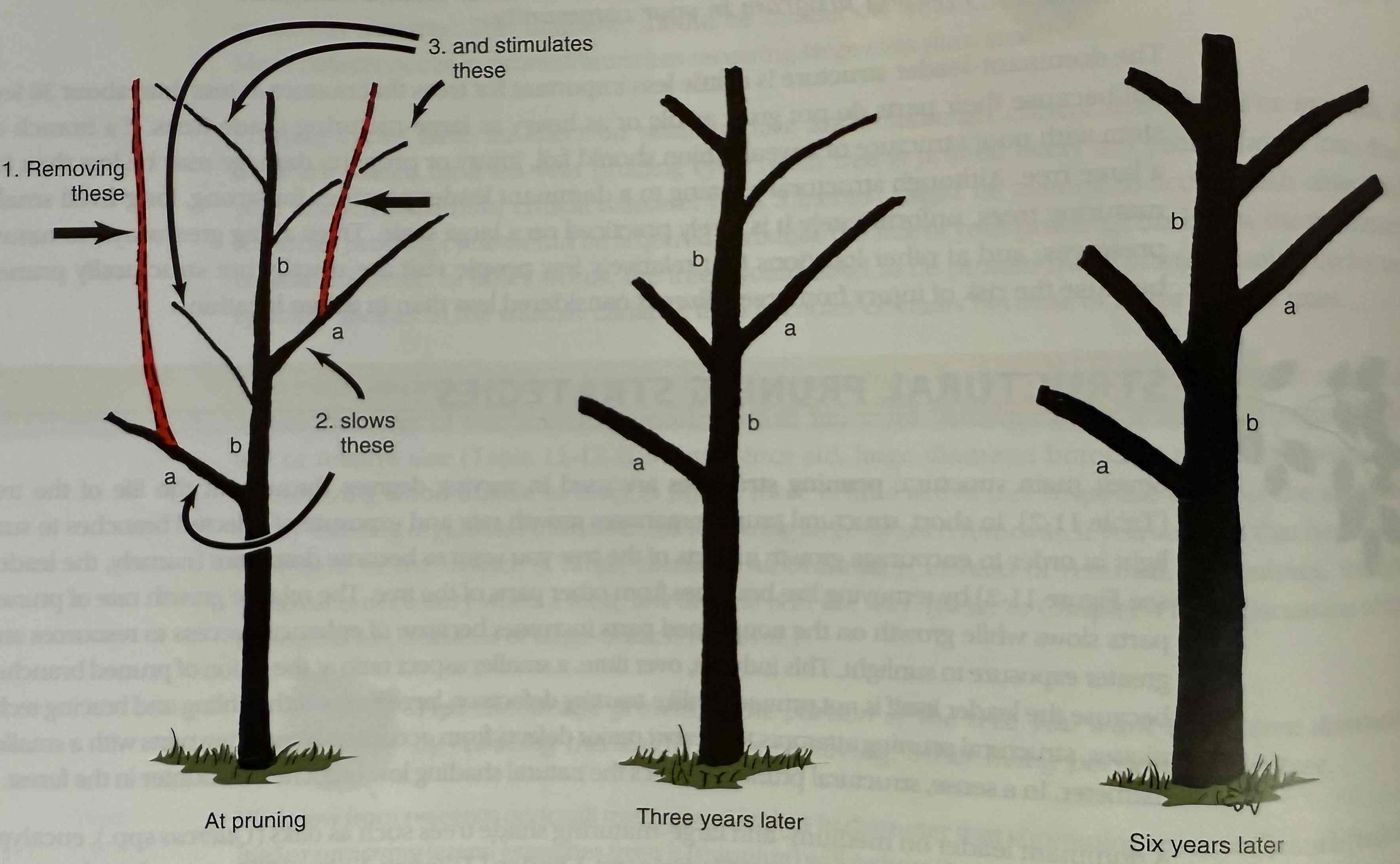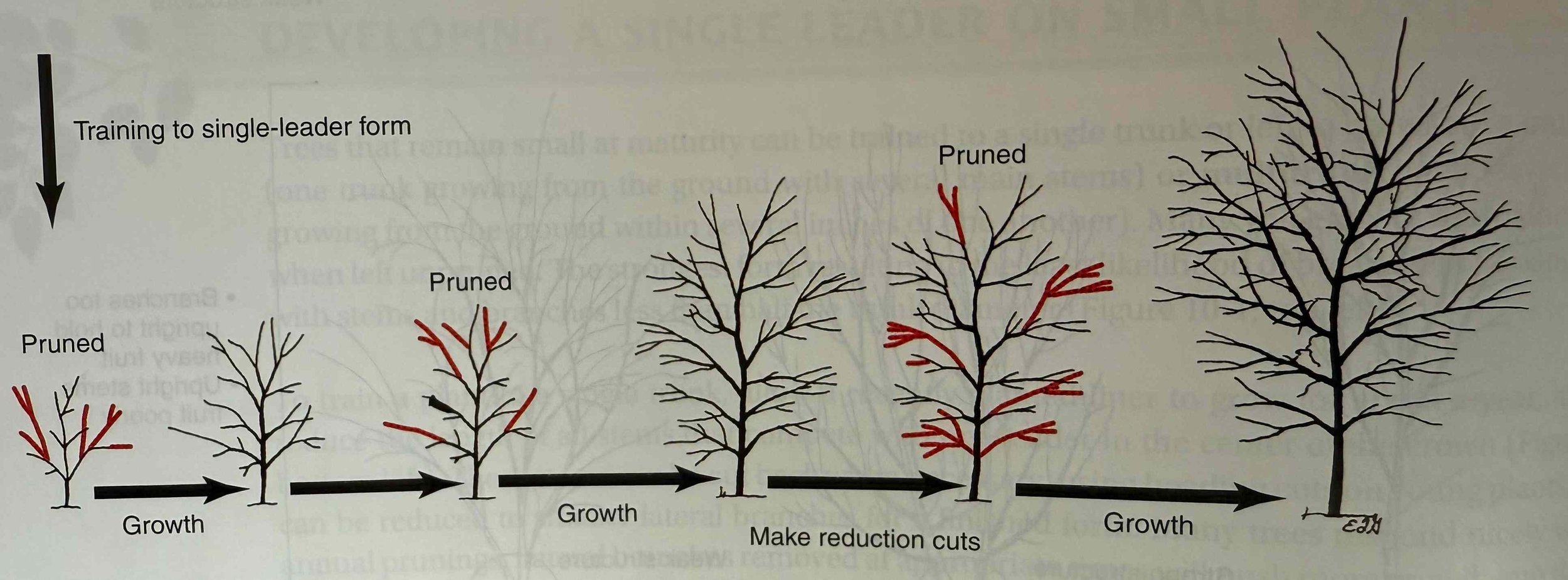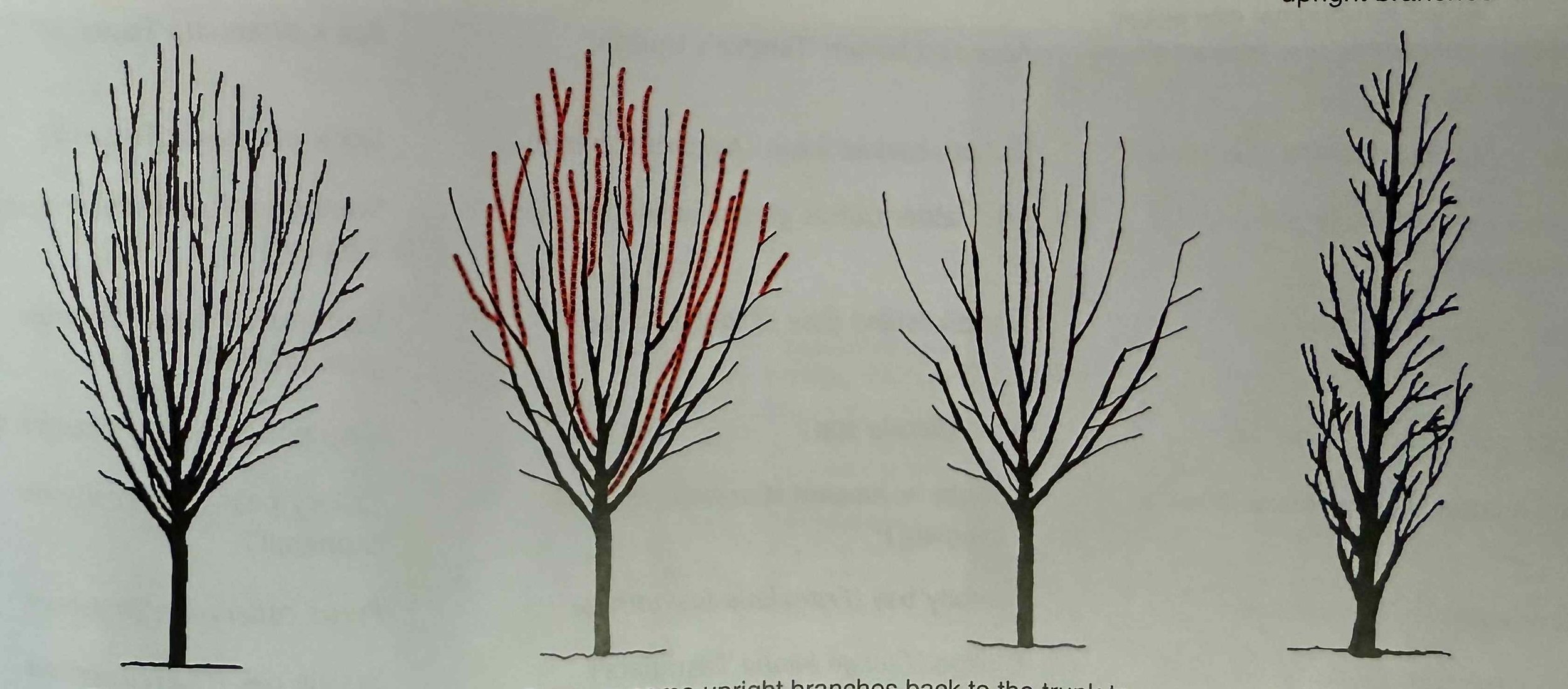
ISA Best Management Practices
Air Spading
✤ Vertical mulching (soil decompaction)
✤ Trunk flare discovery
✤ Root Pruning (Girdling roots)
Symptoms of Girdling Roots and Compacted Soils:
✤ Reduced Growth: Slower growth rates compared to healthy trees.
✤ Leaf Issues: Smaller, prematurely yellowing, or early dropping leaves.
✤ Thinning Canopy: Less dense, showing signs of stress.
✤ Dieback: Loss of branches, especially in the upper canopy.
✤ Abnormal Trunk Flare: Lack of natural flare at the base of the trunk.
✤ Visible Roots: Roots may be seen encircling or constricting the trunk.
✤ Overall Decline: Increased susceptibility to disease and pests.
✤ Compacted Soils: Difficulty in water and nutrient penetration due to soil compaction
Benefits of Air Spading:
✤ Root Inspection: Non-invasive inspection for root health and structural issues.
✤ Soil Improvement: Aerates compacted soil, enhancing oxygen, water, and nutrient access.
✤ Root Pruning: Safely removes or prunes harmful roots like girdlers.
✤ Disease Management: Early detection and management of root diseases.
✤ Amendments Integration: Direct incorporation of beneficial soil amendments.
✤ Reduces Water Stress: Alleviates water stress by breaking up compacted soil.
✤ Preserves Root Structure: Minimizes damage to roots compared to traditional digging.
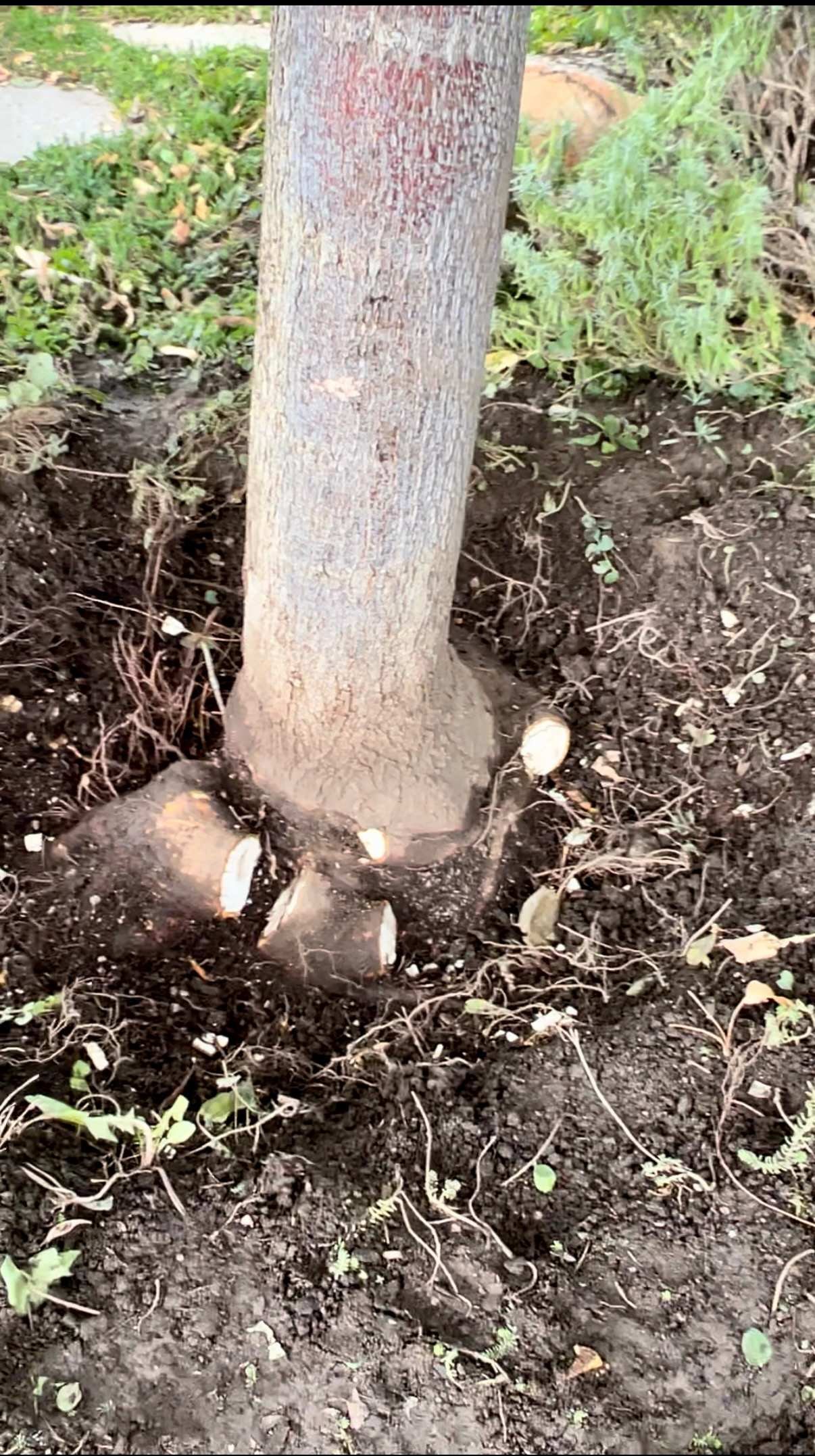
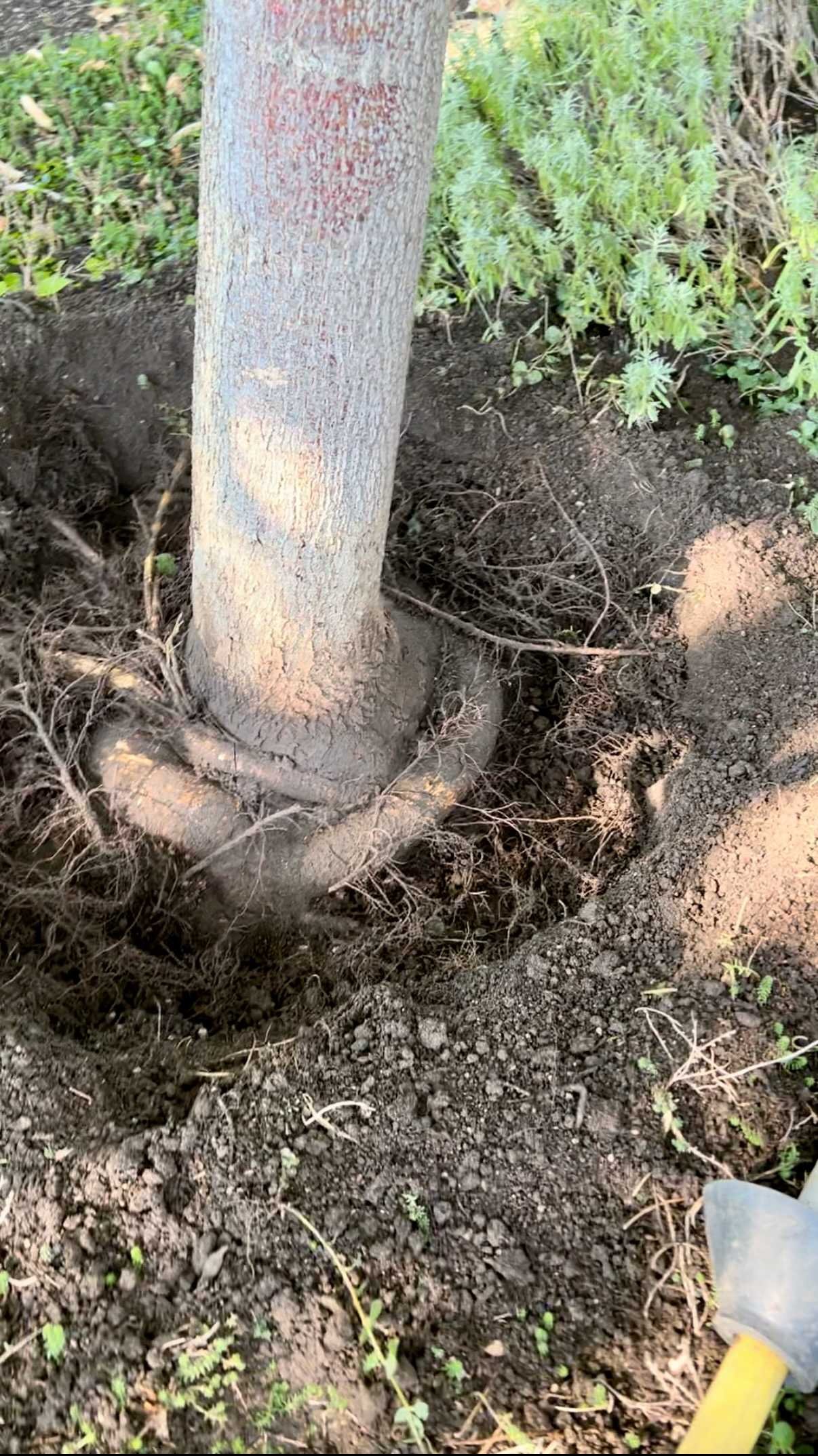
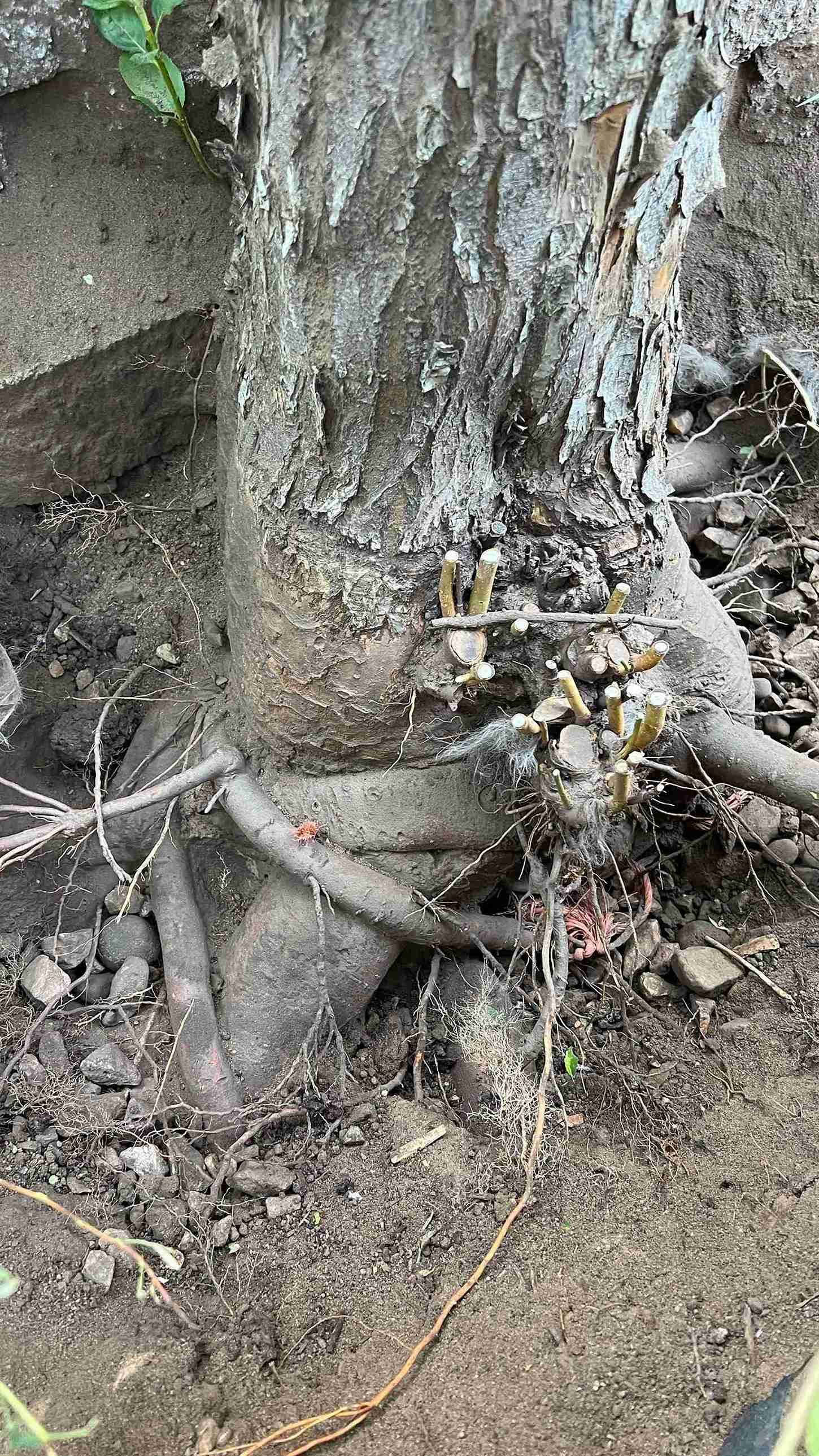
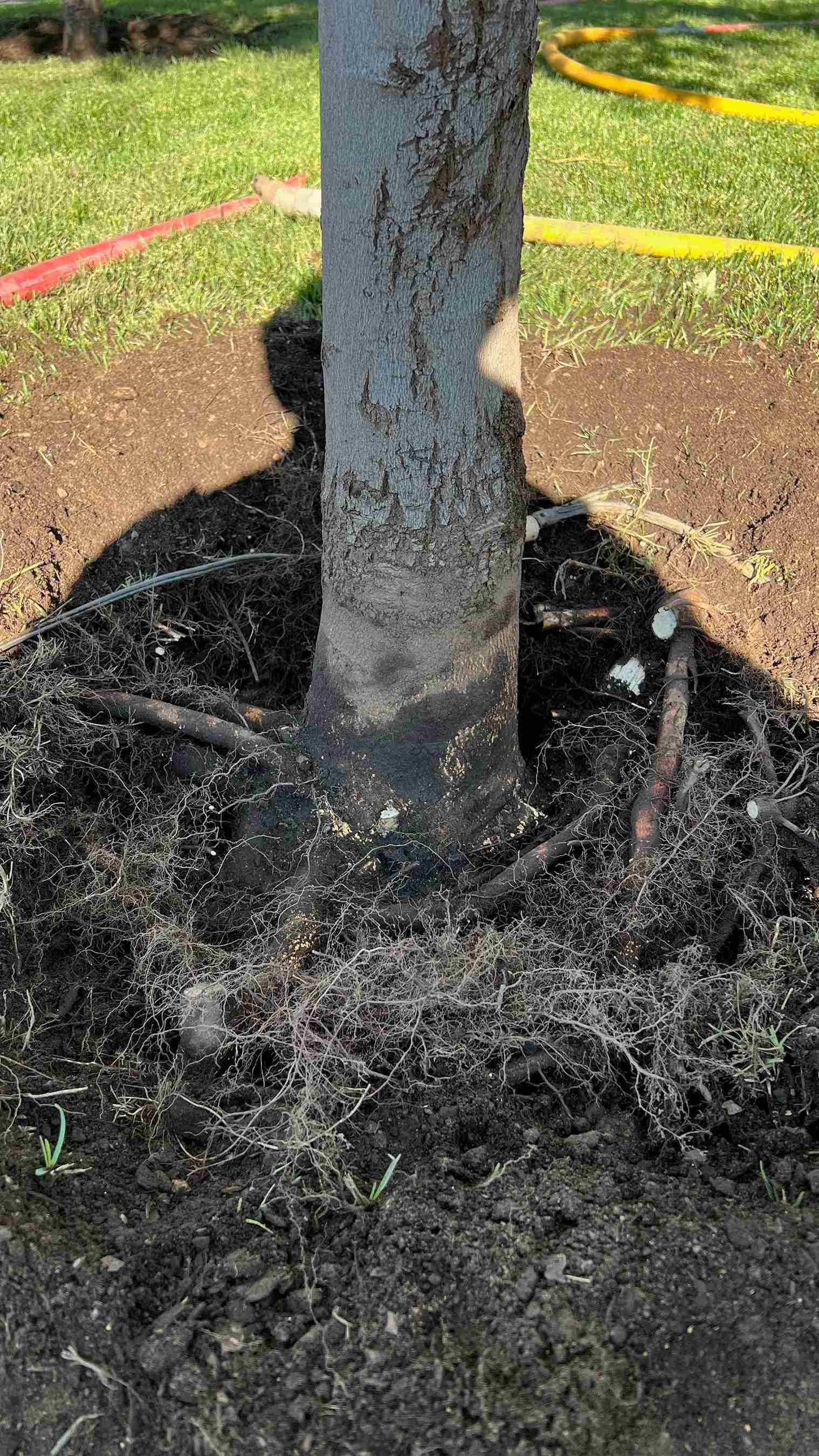

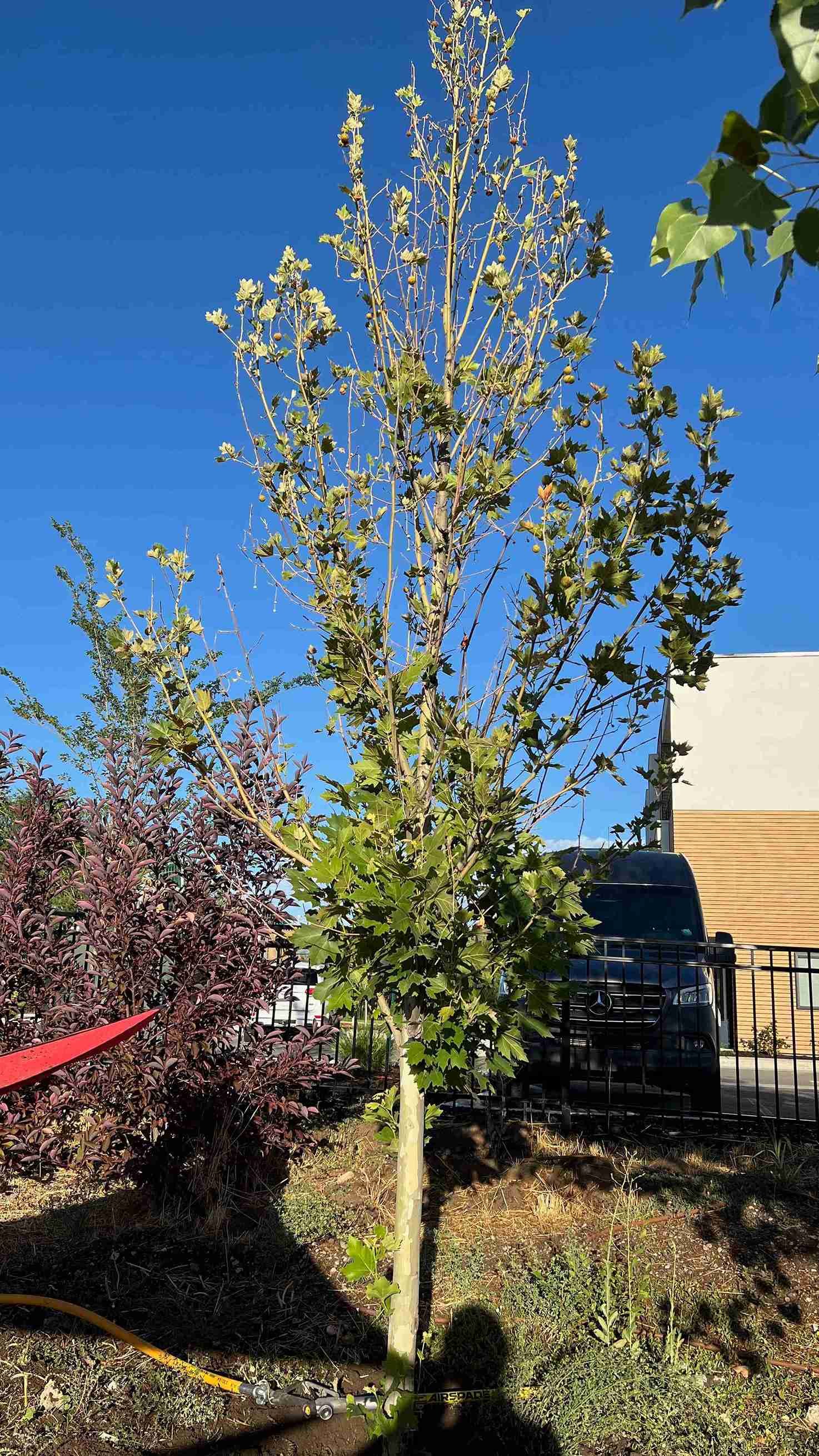
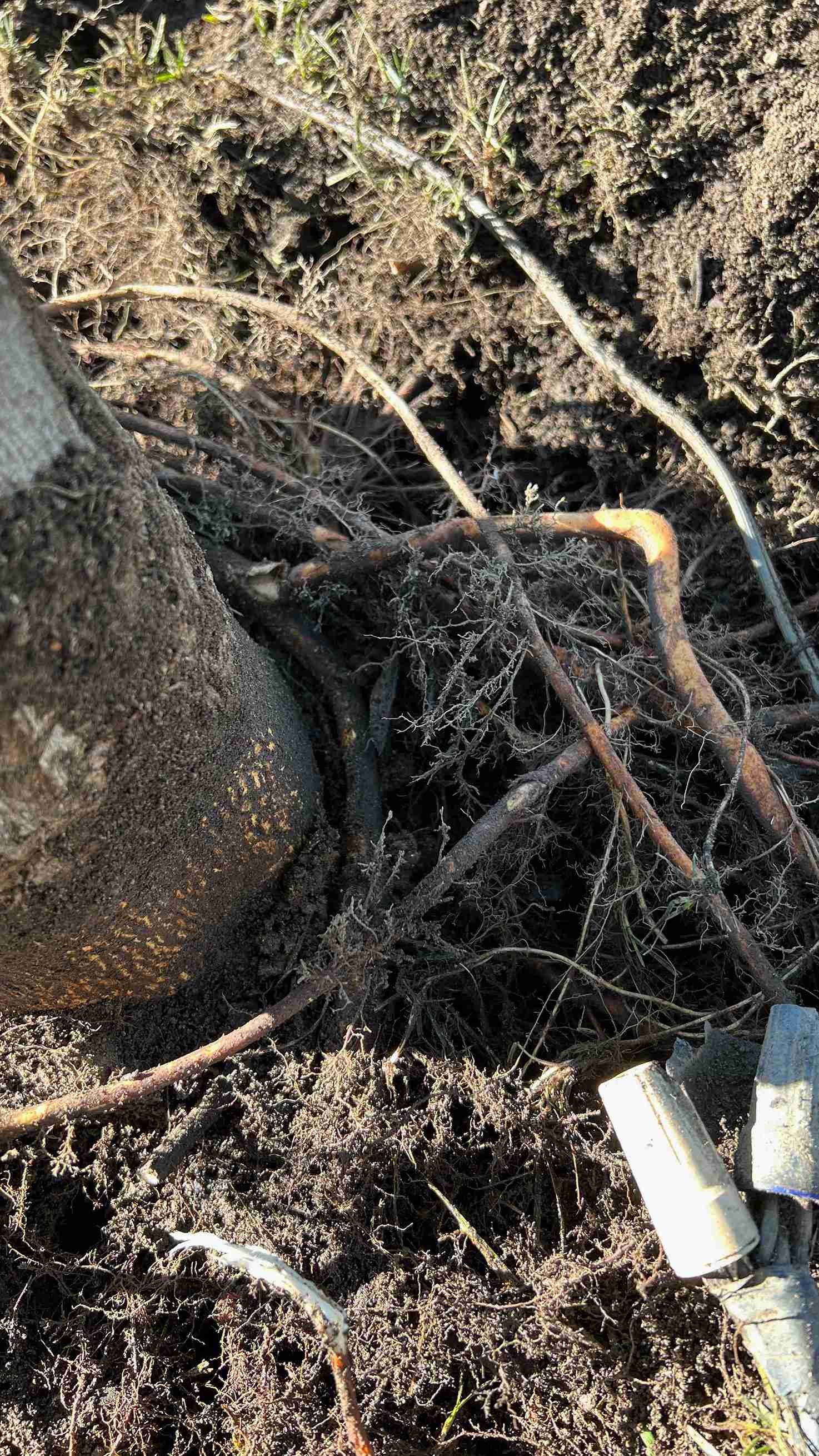
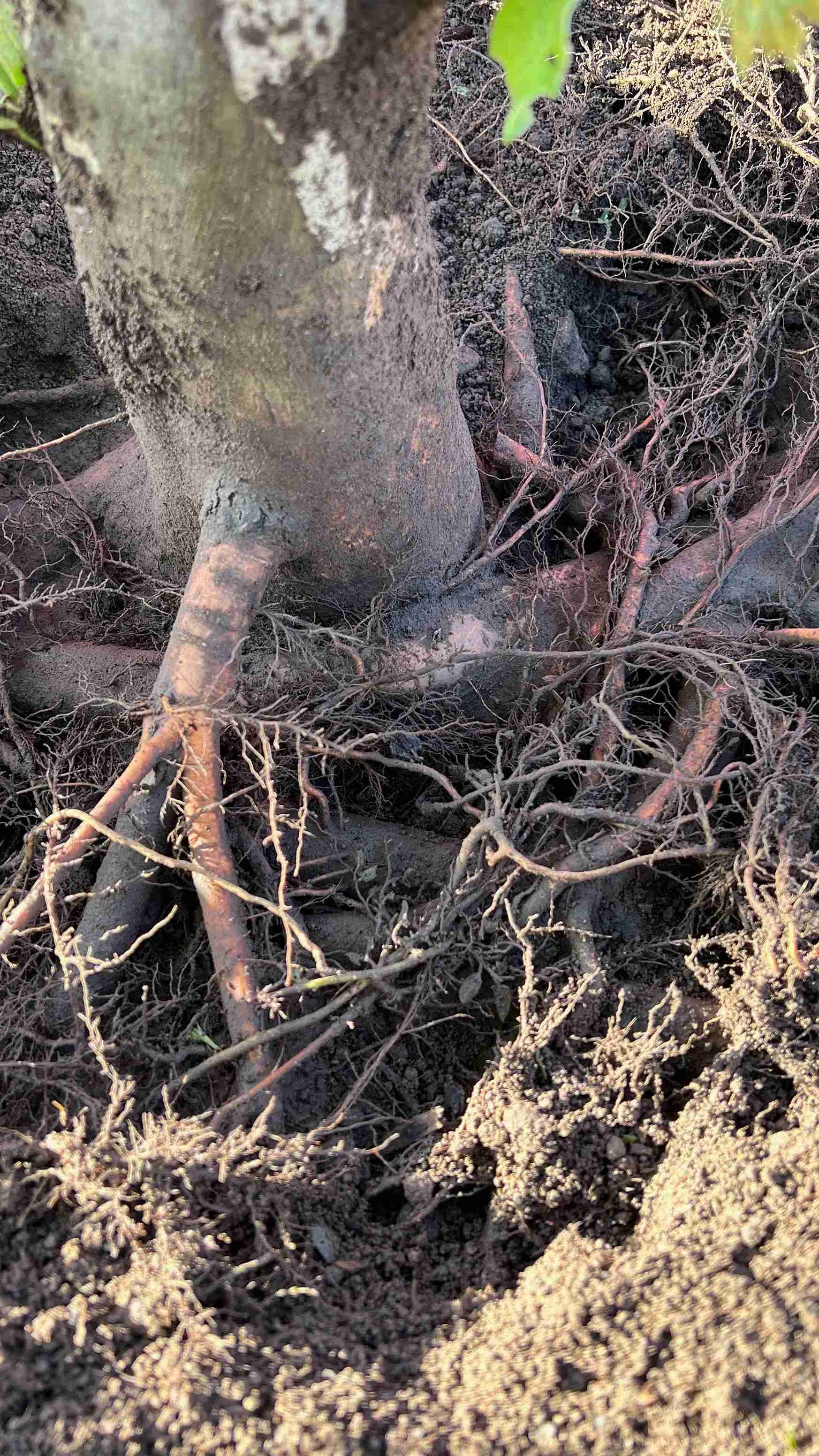
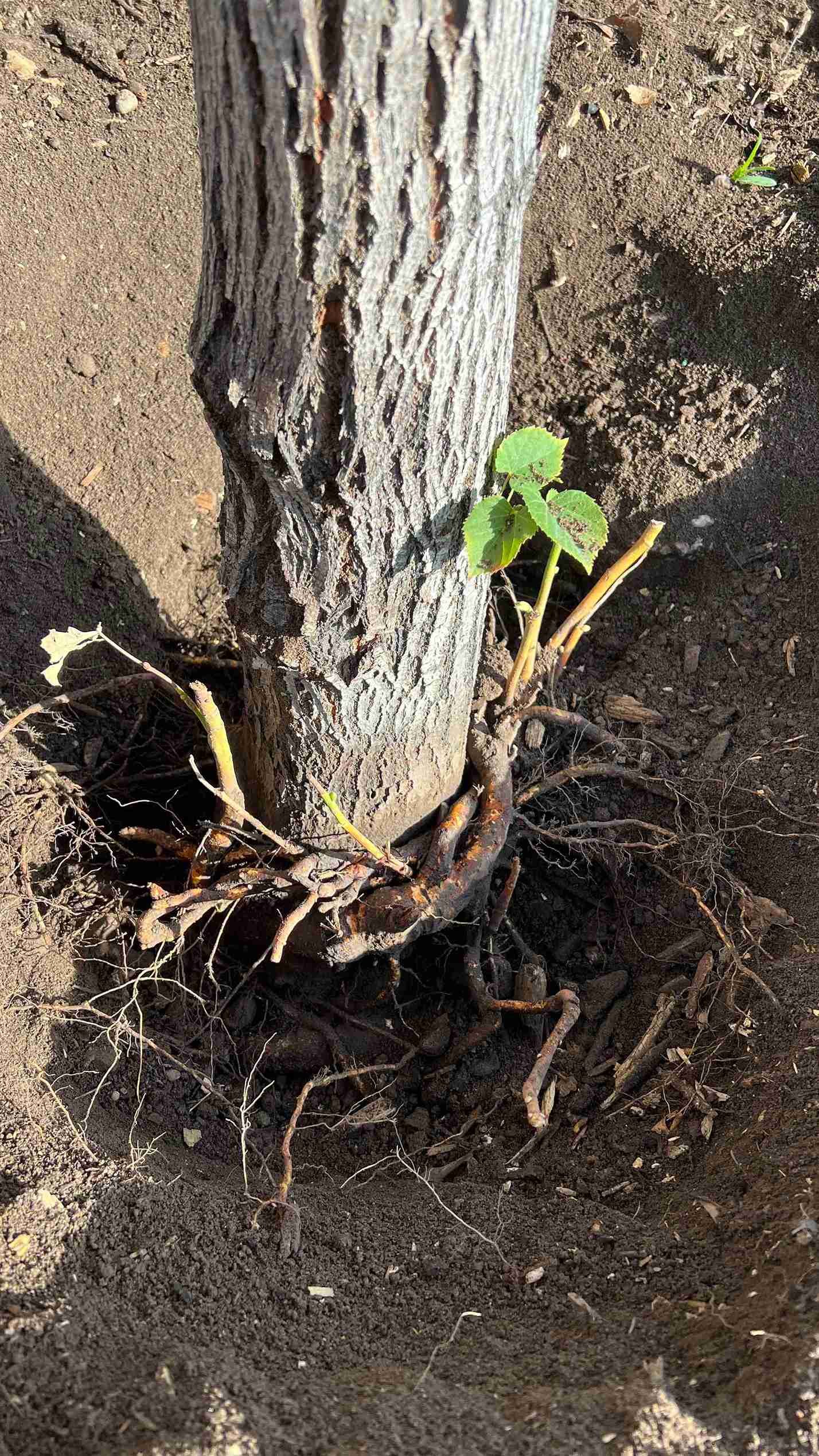
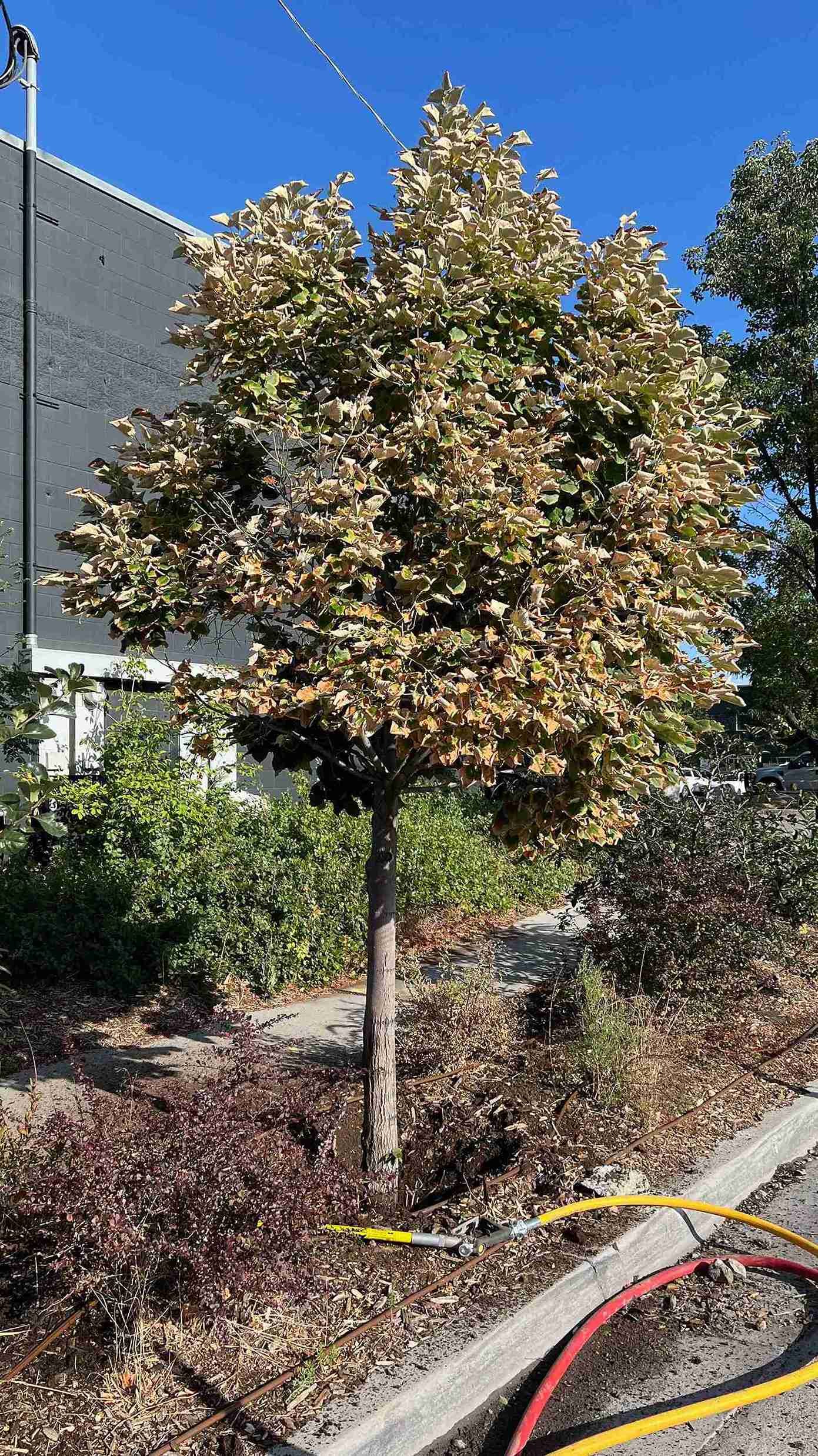
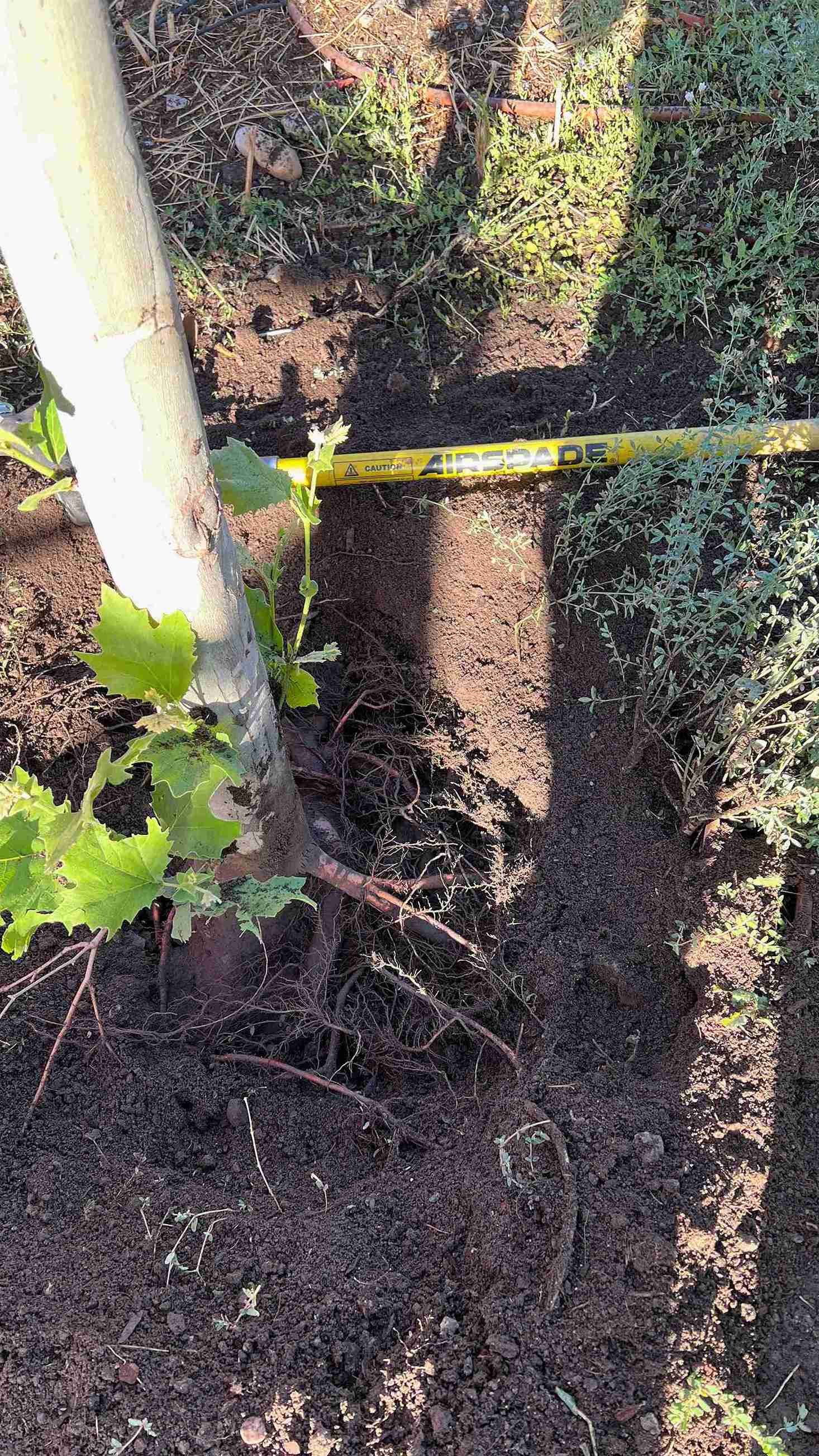
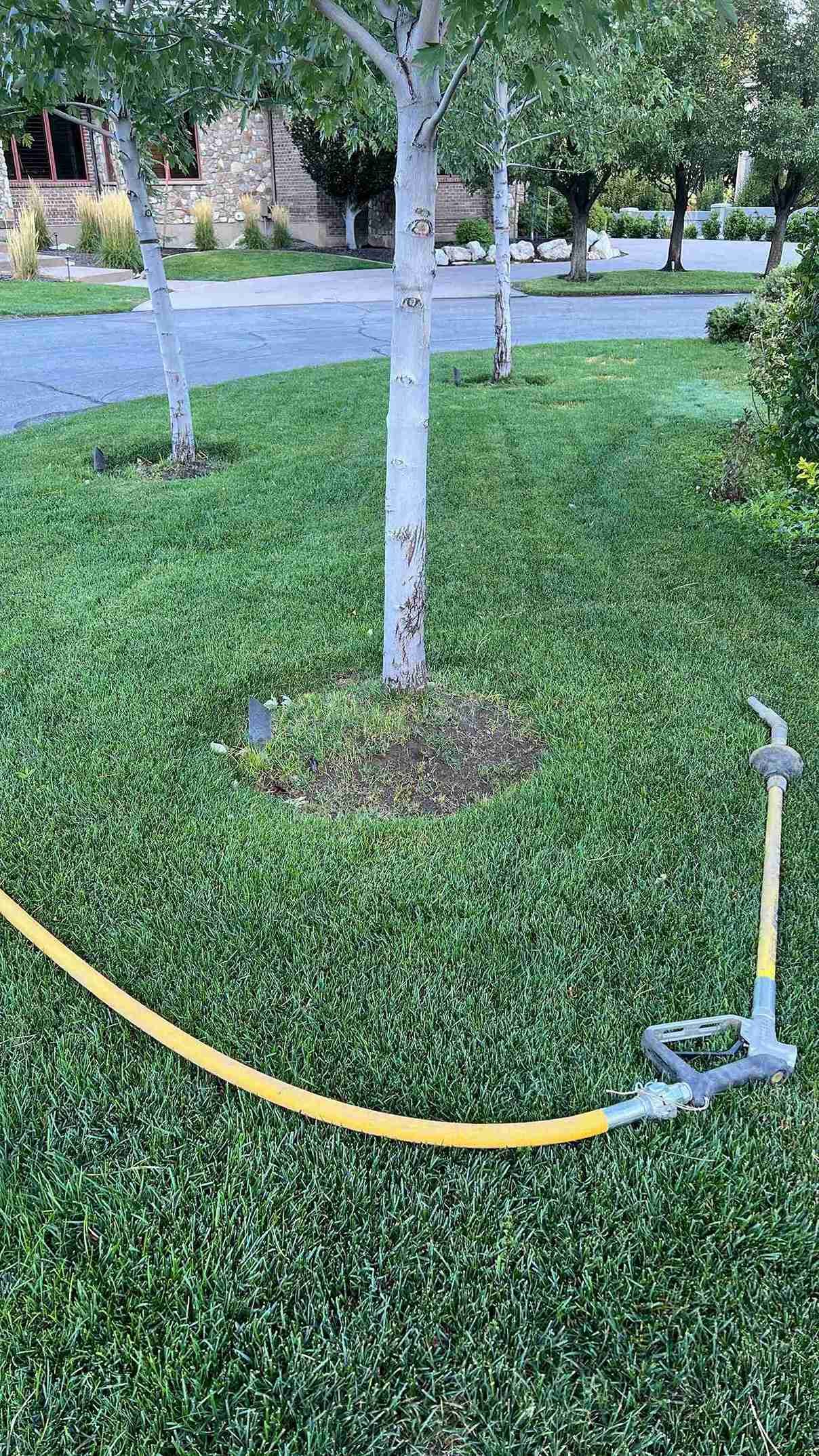
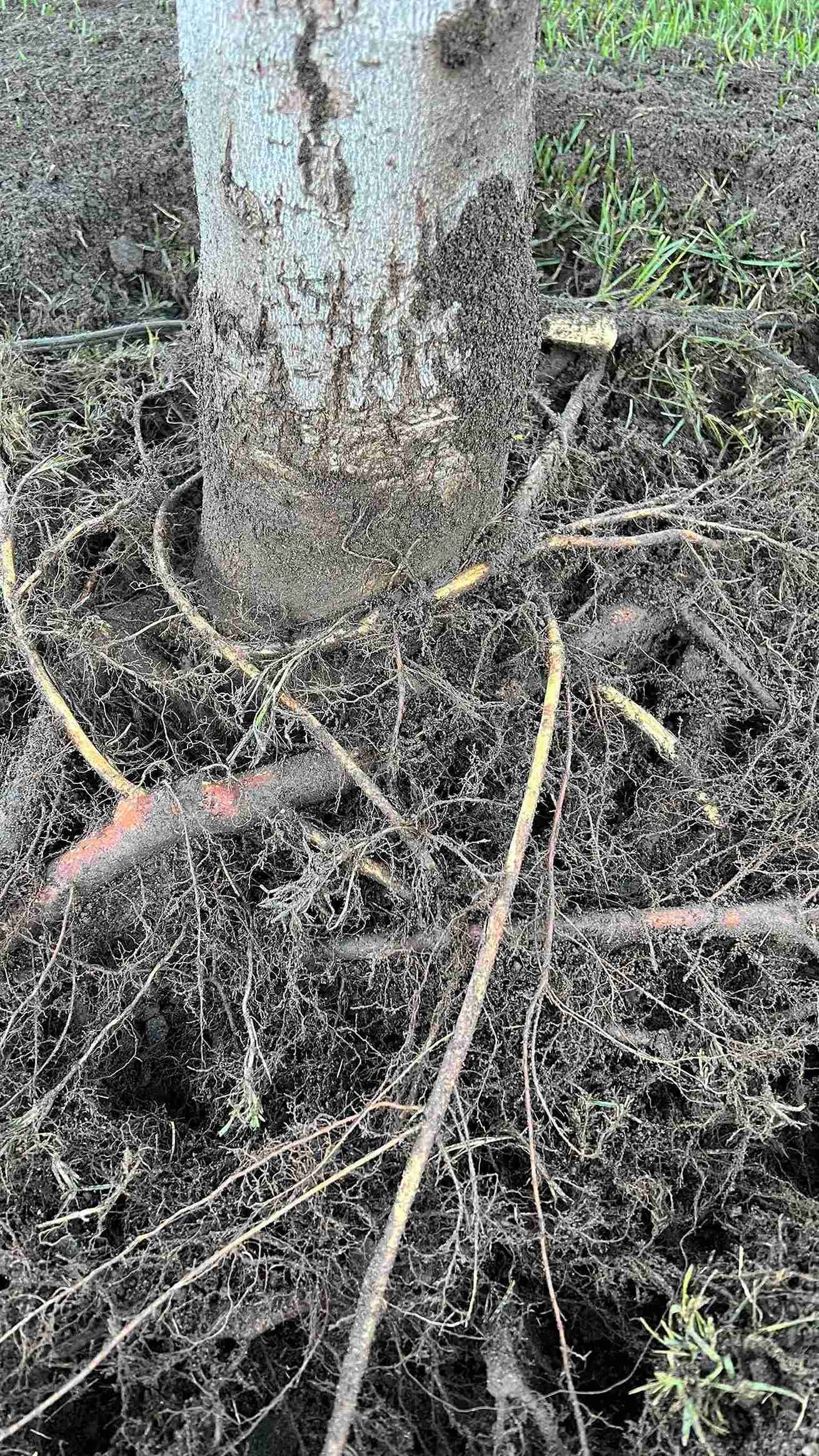
Planting
✤ Locating trunk flare
✤ Cutting circling roots
✤ Aftercare
Benefits of Arborist-Planted Trees to ISA BMPs:
✤ Optimal Growth Conditions: Correct depth and site-specific planting for best growth outcomes.
✤ Healthier Trees: Reduced disease and pest issues through superior planting methods.
✤ Stronger Structure: Enhanced stability and wind resistance from robust root and trunk development.
✤ Root Inspection and Correction: Preventative measures taken at planting to ensure long-term tree health.
✤ Reduced Maintenance Costs: Decreased need for future corrective actions due to initial quality planting.
✤ Greater Longevity: Longer living trees provide enhanced environmental and aesthetic benefits.
✤ Cost-Efficiency: Better resource use with improved survival rates, minimizing future expenditures.
✤ Increased Property Value: Enhanced curb appeal and property value through healthy, well-placed trees.
✤ Expertise in Tree Selection: Informed tree choice and placement based on extensive arborist experience.
Symptoms of Improperly Planted Trees:
✤ Planting Depth: Incorrect depth affects root health and overall tree vitality.
✤ Water Stress: Symptoms from inappropriate watering due to poor soil or site conditions.
✤ Increased Pests and Diseases: Higher susceptibility to infestations and diseases from stress.
✤ Root Issues: Constricted root development, often leading to girdling roots from uncorrected planting.
✤ Higher Maintenance Costs: More frequent need for corrective actions and potential for early replacement.
✤ Wrong Tree in the Wrong Place: Increased environmental stress and poor adaptability, leading to conflicts with surroundings.

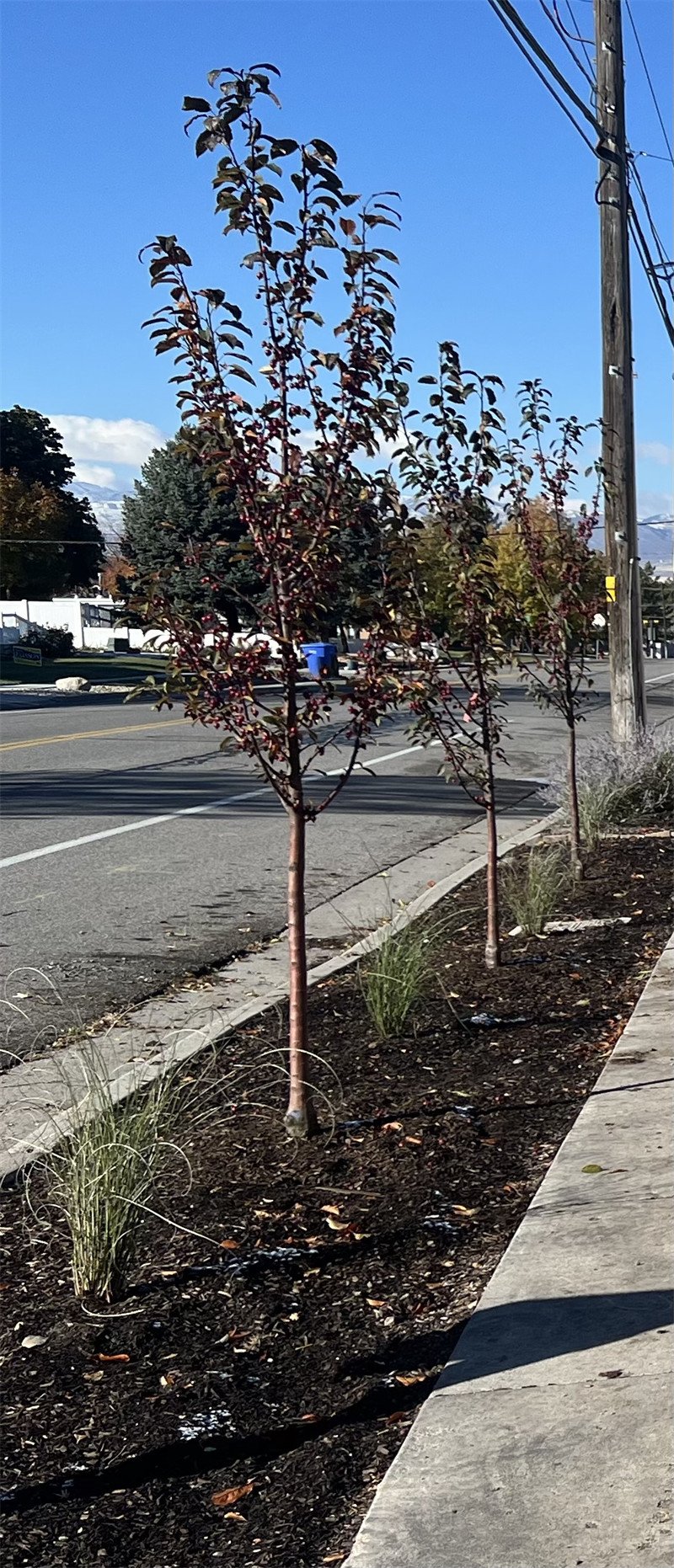
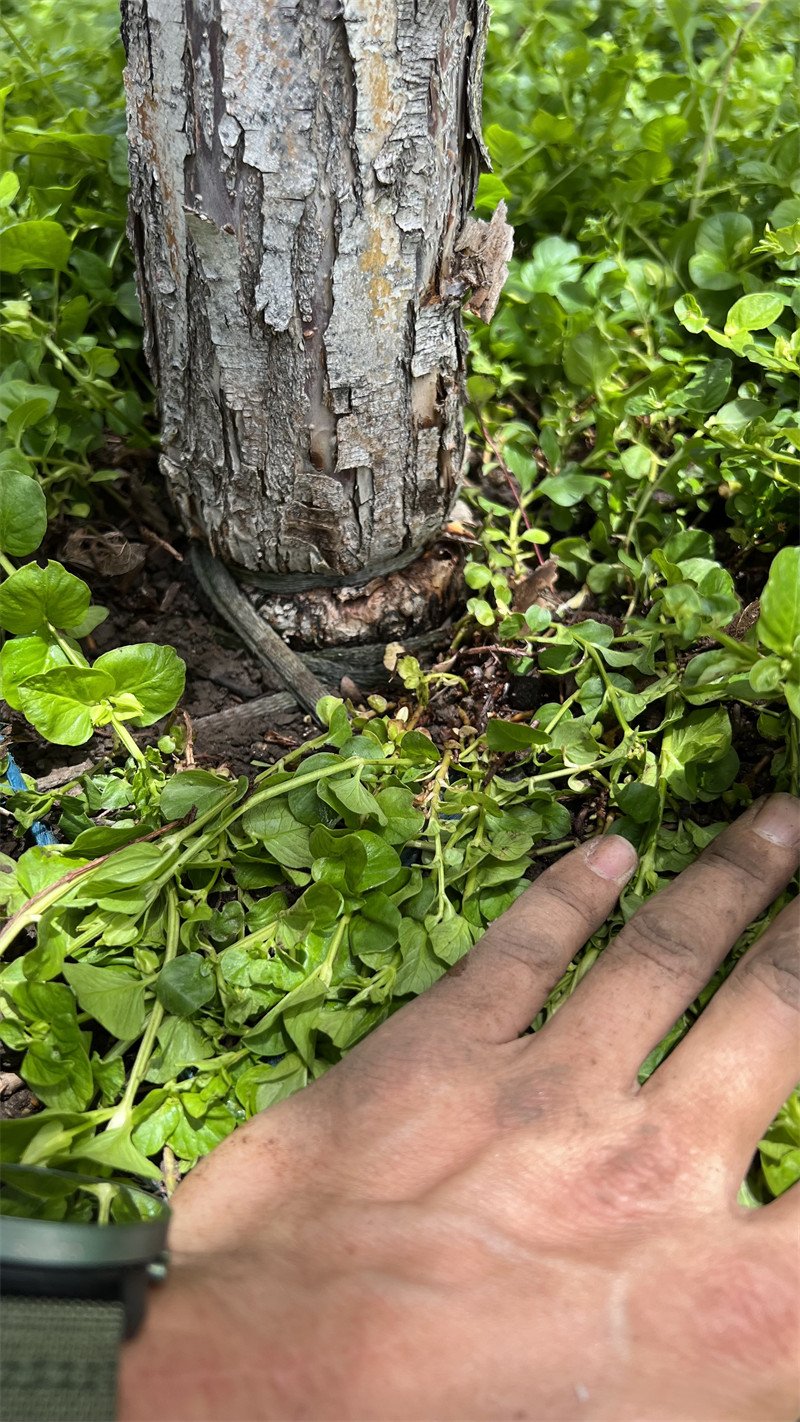
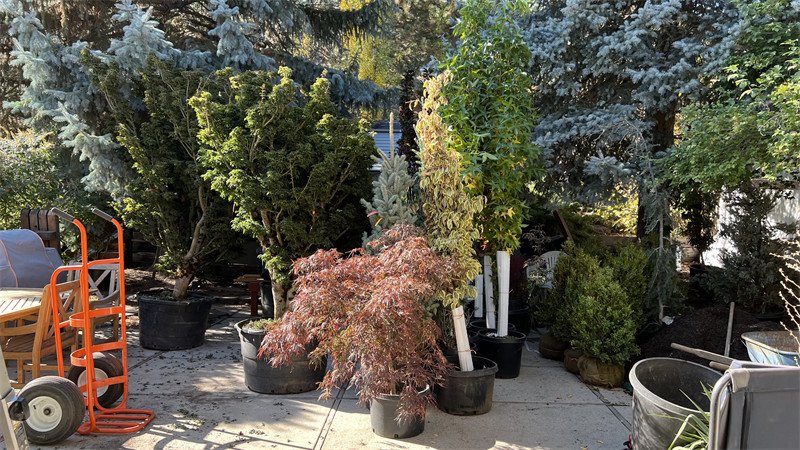

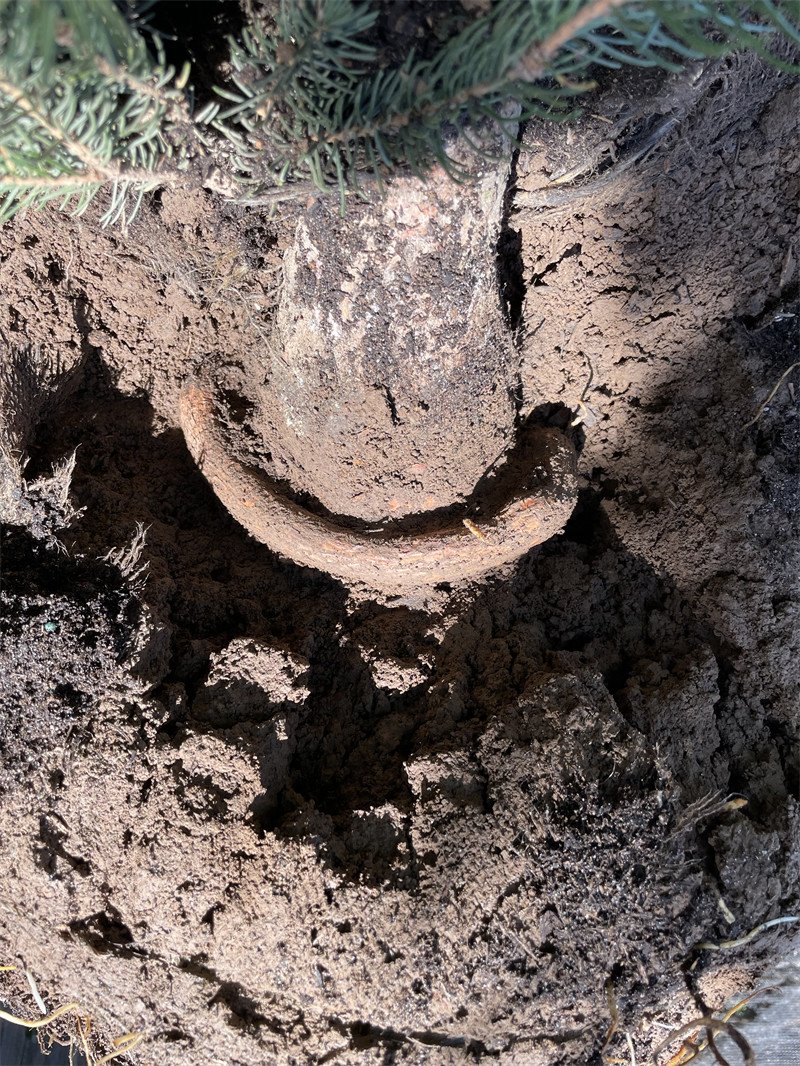



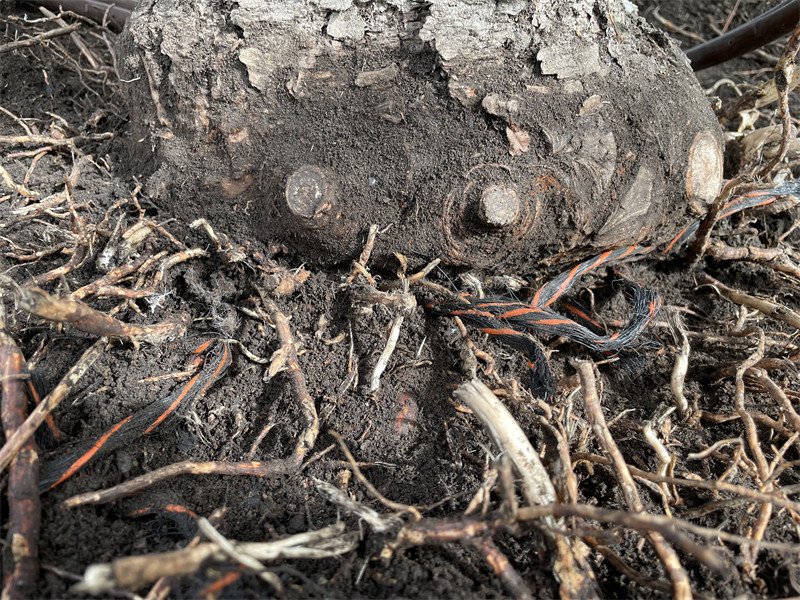

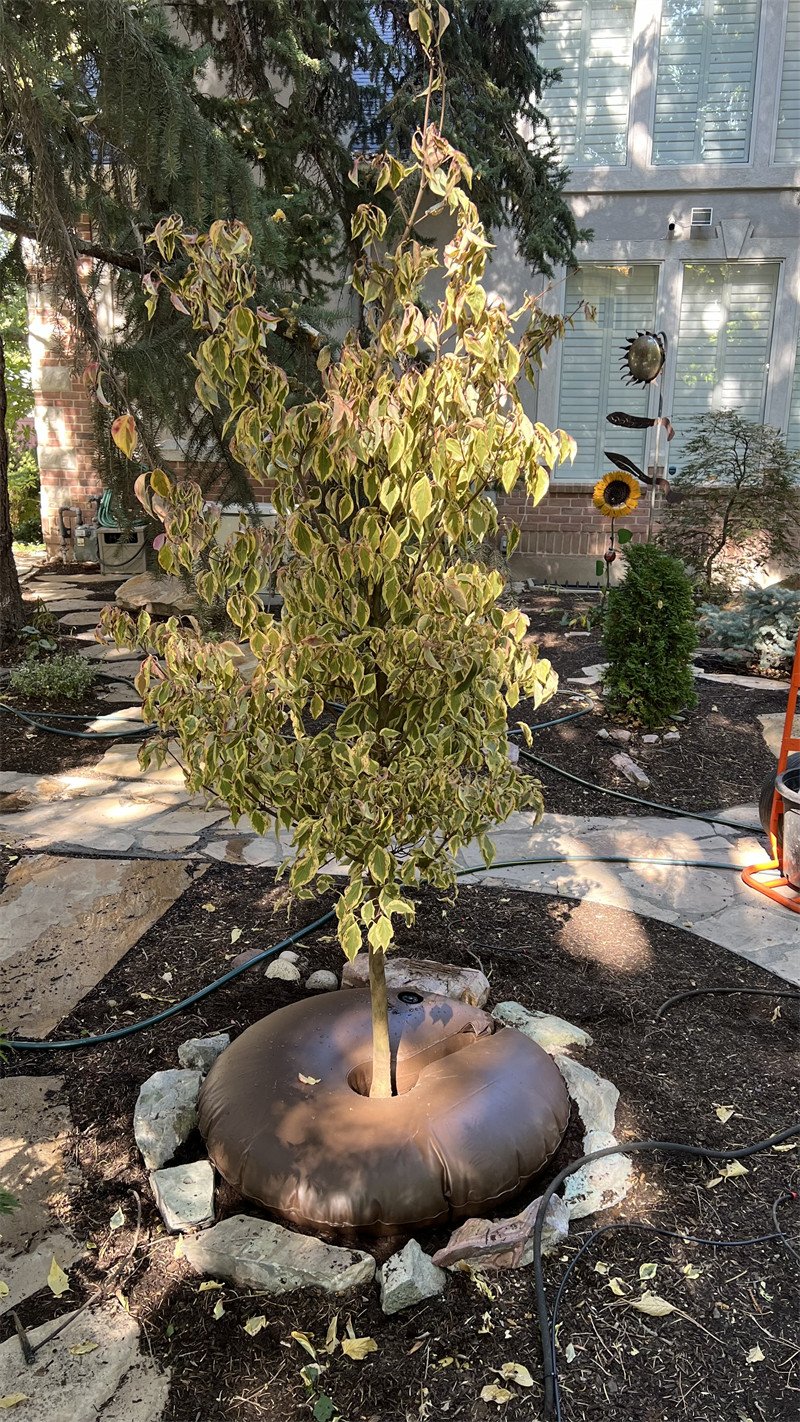
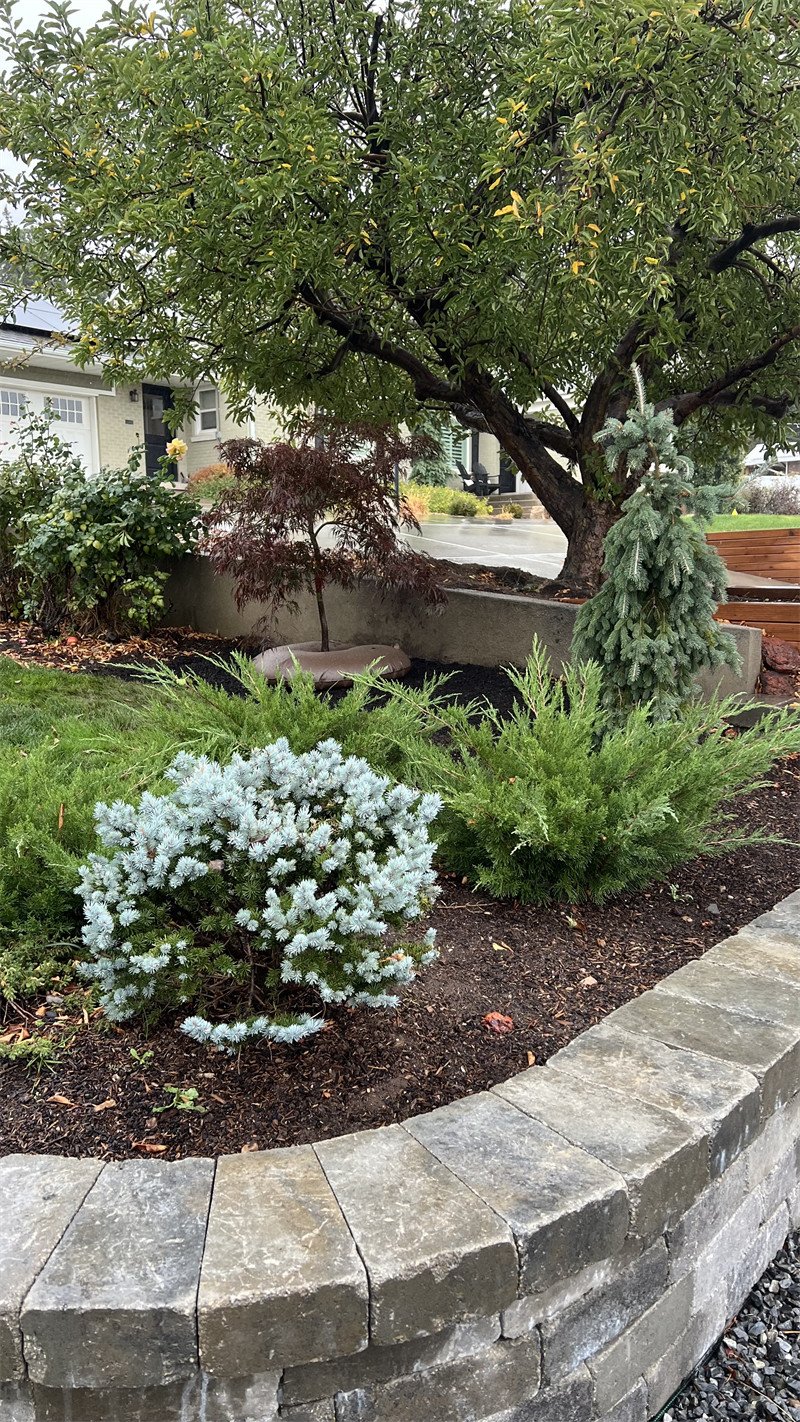
Structural Pruning
✤ Proper cuts
✤ Structural pruning
Symptoms of Neglecting Pruning/Maintenance in the First 10-15 Years:
✤ Poor Structure: Trees without early pruning from a certified arborist may develop weak or competing leaders and branches that lead to structural vulnerabilities.
✤ Increased Disease and Pest Vulnerability: Lack of maintenance can result in overgrown and dense canopies that harbor pests and diseases.
✤ Reduced Air Circulation: Overcrowded branches reduce air flow within the canopy, increasing moisture retention and the risk of fungal infections.
✤ Lower Aesthetic Appeal: Trees that are not pruned can become unruly and less visually appealing, affecting the overall landscape aesthetics.
✤ Safety Hazards: Unpruned trees might develop weak branches that are prone to breaking, posing risks to safety and property.
✤ Higher Long-term Costs: Neglected trees typically require extensive corrective pruning or early removal due to safety risks or poor health, resulting in significantly higher expenses compared to regular maintenance.
Benefits of Using a Certified Arborist for Pruning During the First 10-15 Years:
✤ Strong Tree Structure: Establish a good branch structure early on, which minimizes the risk of future damage and ensures the tree's long-term health and stability.
✤ Disease Management: Skilled in identifying and removing diseased wood, ensuring the health and longevity of the tree by preventing disease spread.
✤ Improved Growth and Form: Proper pruning encourages the tree to develop a more desirable form and healthier growth patterns.
✤ Enhanced Aesthetic and Property Value: A well-pruned tree enhances the overall look of a property, contributing to higher property values and improved curb appeal.
✤ Safety and Liability Reduction: Regular maintenance by a professional certified arborist reduces the risk of falling branches, protecting property and people from potential harm.
